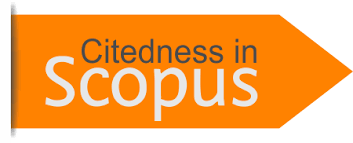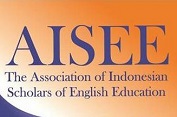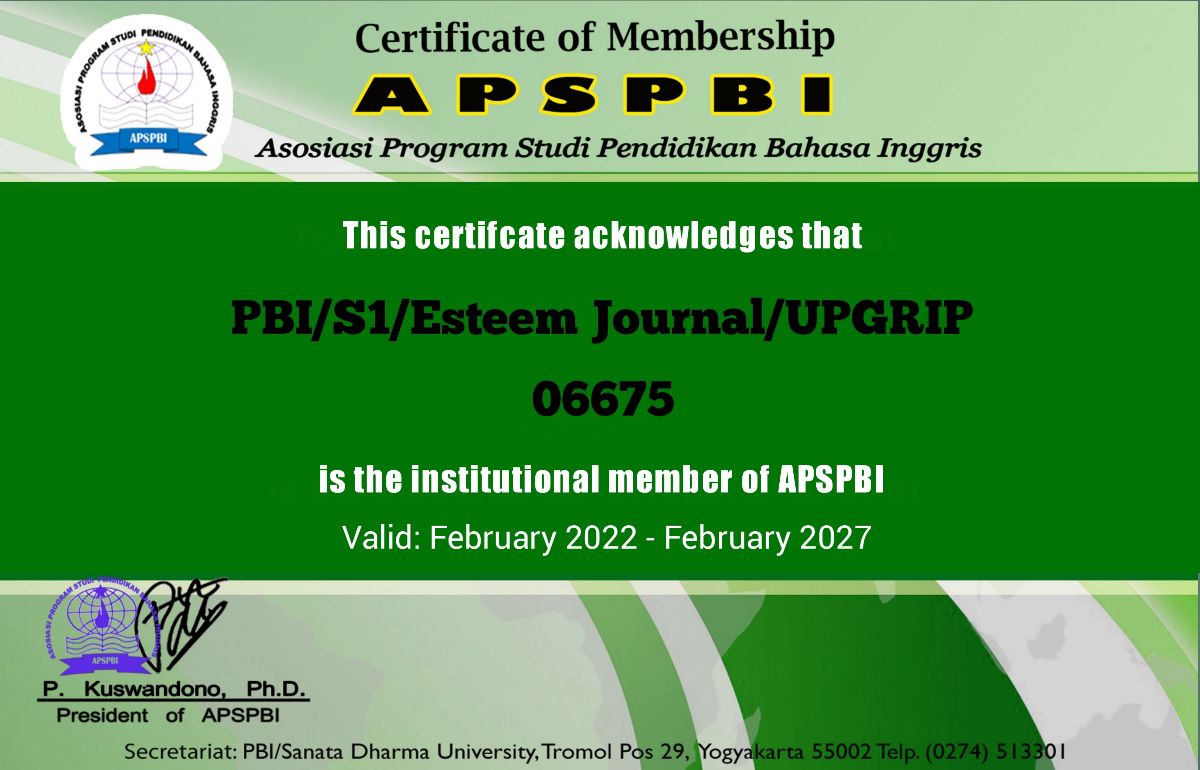A COMPARATIVE STUDY BETWEEN THE USE OF WHATSAPP AND GOOGLE CLASSROOM IN ENGLISH LEARNING PROCESS
DOI:
https://doi.org/10.31851/esteem.v5i2.8551Keywords:
Comparative, WhatsApp, Google ClassroomAbstract
The objective of the study is to identify the comparison between the use of Whatsapp and Google Classroom in structure class of the English Education Study Program of STKIP Muhammadiyah Pagaralam. This study used descriptive quantitative study method. The population was taken from all students at Second Semester English Education Study Program of STKIP MuhammadiyahPagaralam in the academic year 2020/2021 which has total number of students was 51 students. The sample was taken by using purposive sampling. In taking the sample, the writers used two classes as the WhatsApp group and Google Classroom group. The data were collected using a questionnaire of 20 items for students and 18 items for the structure lecturers’ that designed based on a 5-point Likert scale tocapture things experienced by students and structure lecturers’ and final scored in structure class to identify the effectiveness between using WhatsApp and Google Classroom in teaching learning. The data were analyzed by using descriptive analysis. The writers found that WhatsAppis more effective (85.2%) than Google classroom (53.2%) in developing students’ grammar awareness and creating maximum online learning in structure class. It proved that there was significant differences the effectiveness between using WhatsApp and Google Classroom in Structure Class at Second Semester English Education Study Program of STIKP Muhammadiyah Pagaralam.
References
Calvo, R., Arbiol, A., & Iglesias, A. (2014).Are All Chats Suitable for Learning Purposes? A Study of the Required Characteristics.Procedia Computer Sciences, 27, 251-260.
Gheytasia,M.,Azizifara,A., Gowharya,H,(2015). The effect of smartphone on the reading comprehension proficiency of Iranian EFL learners.An International Conference on Teaching and Learning English as an Additional Language, Antalya – Turkey.social and Behavioral Sciences 199 ( 2015 ) 225 – 230.
Hardiyana, A. (2015). Implementasi Google Classroom sebagai Alternatif dalam Meningkatkan Mutu Pembelajaran di Sekolah. KaryaTulis Ilmiah, Cirebon: SMA Negeri, 1.
Izenstark, A., & Leahy, K. L. (2015).Google classroom for librarians: features and opportunities. Library Hi Tech News, 32(9), 1-3.
Jaya, A., Mortini A., (2021). Visual Scaffolding and Intensive Reading Strategies Based on Gender. Esteem Journal
Nurul Ermawati,(2020).The Analysis Of Students’ Perceptions On The Efficient Applications Used In Online Learning In The Midst Of Covid-19 Pandemic.
Rohmawati, A. (2015). EfektivitasPembelajaran. JurnalPendidikanUsiaDini, 9(1), 15–32.
Sugiyono.(2007). Metode Penelitian Pendidikan (pendekatan kuantitatif, kualitatif,dan R&D. Bandung; Alfabeta.
Shuib, M. (2009).Grammatical awareness primary school English language teachers. GEMA Online Journal of Language Studies, 9(1), 1675-8021.Retrieved from http://ejournal.ukm.my/gema/article/view/162.
Suryani, R. (2017). Fungsi Whatsapp Grup Shalehah Cabang Bandar Lampung sebagai Pengembangan Media Dakwah dalam Membentuk Akhlakul Kharimah, Lampung.
Tan, E. (2013). Informal learning on YouTube: Exploring digital literacy in independent online learning. Learning, Media and Technology, 38(4), 463–477.
Downloads
Published
Issue
Section
License
Copyright Notice
Authors who publish with this journal agree to the following terms:
In order to assure the highest standards for published articles, a peer review policy is applied. In pursue of the compliance with academic standards, all parties involved in the publishing process (the authors, the editors and the editorial board and the reviewers) agree to meet the responsibilities stated below in accordance to the Journal publication ethics and malpractice statement.
Duties of Authors:
- The author(s) warrant that the submitted article is an original work, which has not been previously published, and that they have obtained an agreement from any co-author(s) prior to the manuscript’s submission;
- The author(s) should not submit articles describing essentially the same research to more than one journal;
- The authors(s) make certain that the manuscript meets the terms of the Manuscript Submission Guideline regarding appropriate academic citation and that no copyright infringement occurs;
- The authors(s) should inform the editors about any conflict of interests and report any errors they subsequently, discover in their manuscript.
Duties of Editors and the Editorial Board:
- The editors, together with the editorial board, are responsible for deciding upon the publication or rejection of the submitted manuscripts based only on their originality, significance, and relevance to the domains of the journal;
- The editors evaluate the manuscripts compliance with academic criteria, the domains of the journal and the guidelines;
- The editors must at all times respect the confidentiality of any information pertaining to the submitted manuscripts;
- The editors assign the review of each manuscript to two reviewers chosen according to their domains of expertise. The editors must take into account any conflict of interest reported by the authors and the reviewers.
- The editors must ensure that the comments and recommendations of the reviewers are sent to the author(s) in due time and that the manuscripts are returned to the editors, who take the final decision to publish them or not.
Authors are permitted and encouraged to post online a pre-publication manuscript (but not the Publisher final formatted PDF version of the Work) in institutional repositories or on their Websites prior to and during the submission process, as it can lead to productive exchanges, as well as earlier and greater citation of published work (see The Effect of Open Access). Any such posting made before acceptance and publication of the Work shall be updated upon publication to include a reference to the Publisher-assigned DOI (Digital Object Identifier) and a link to the online abstract for the final published Work in the Journal.





























